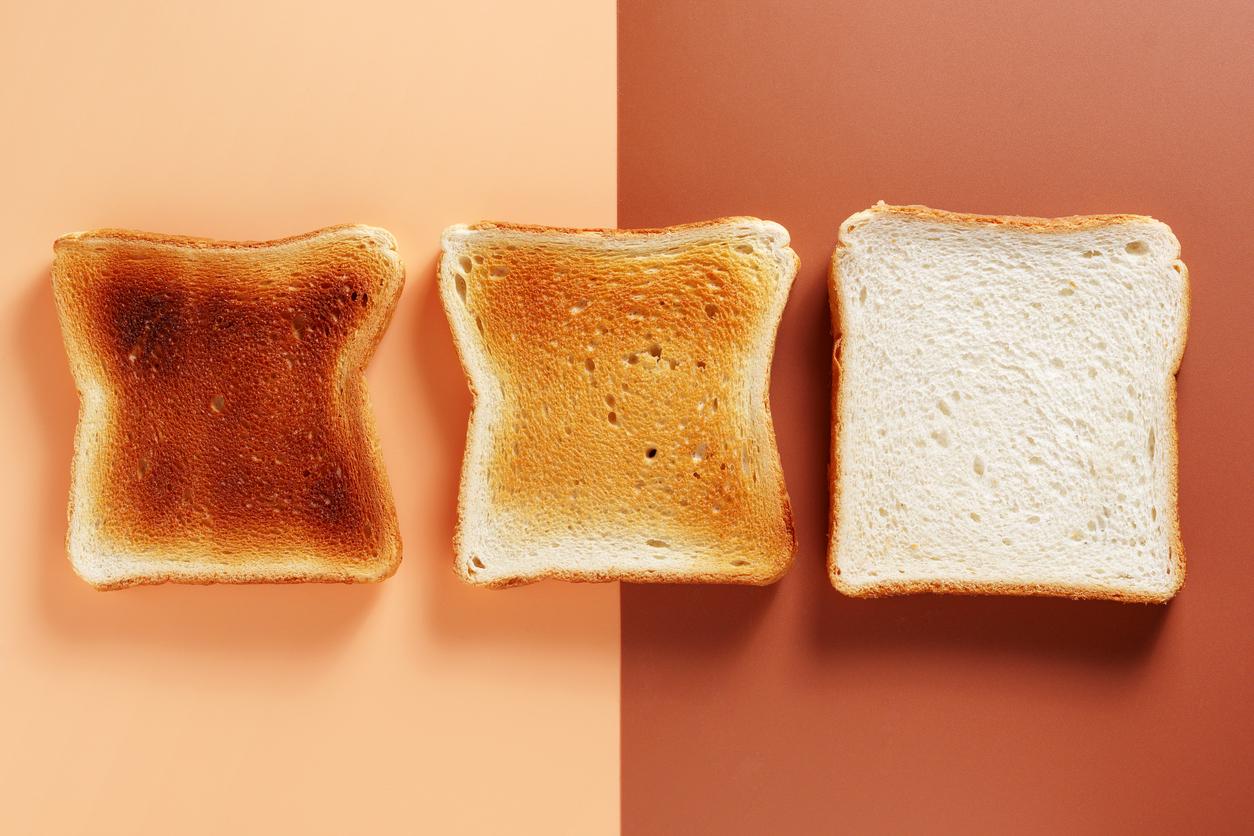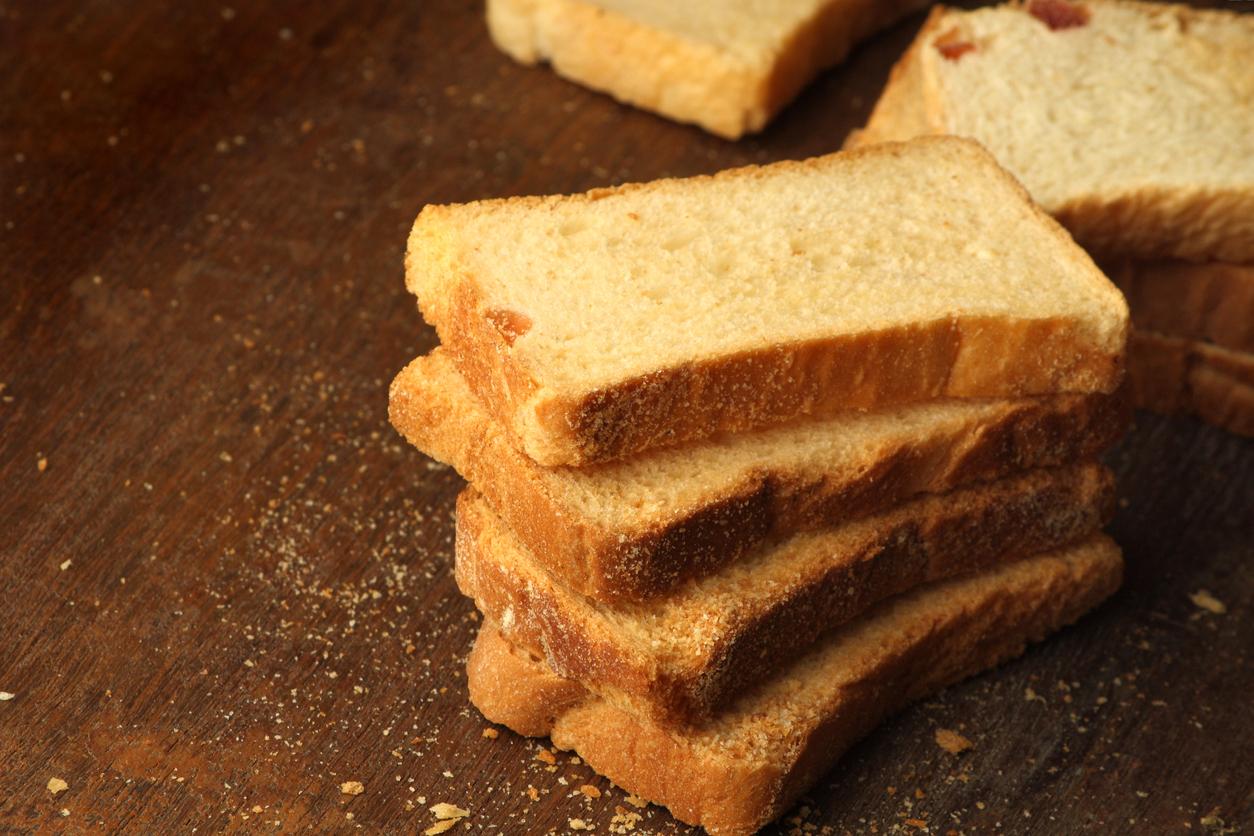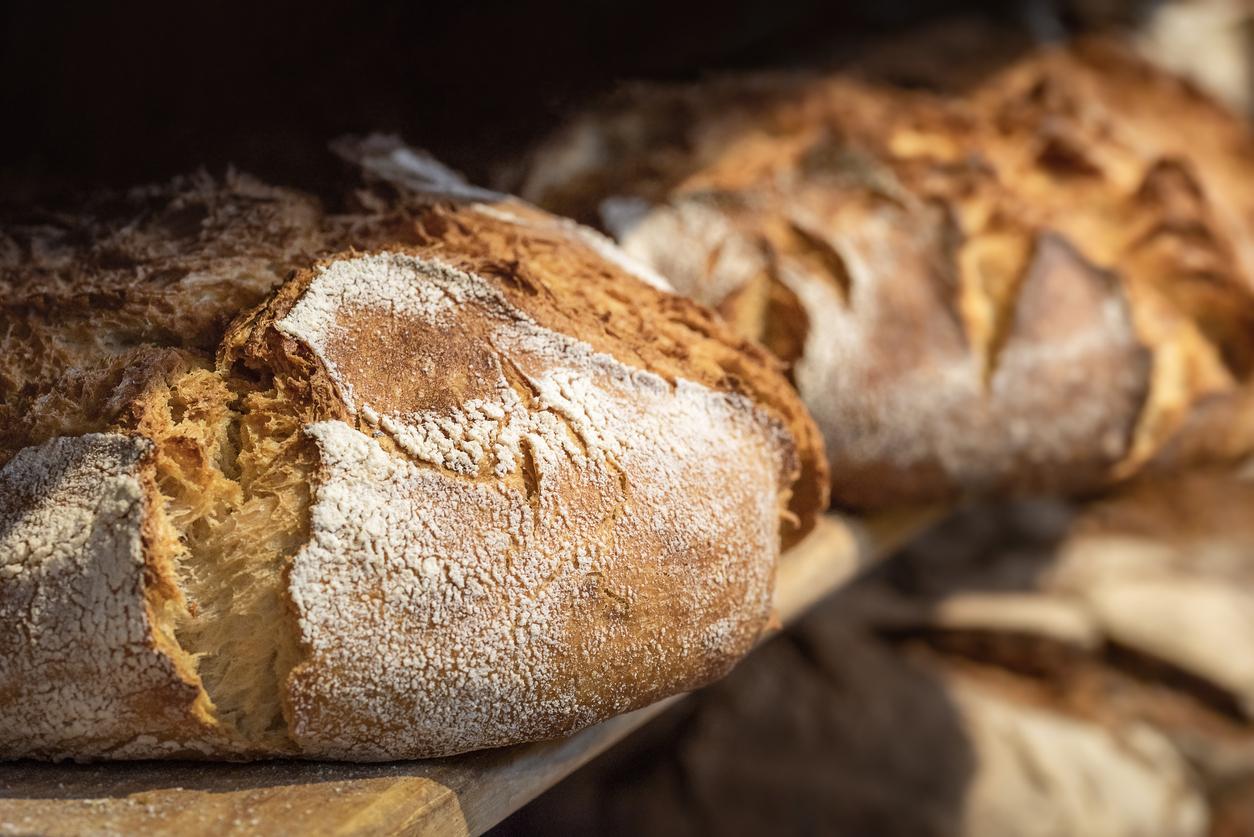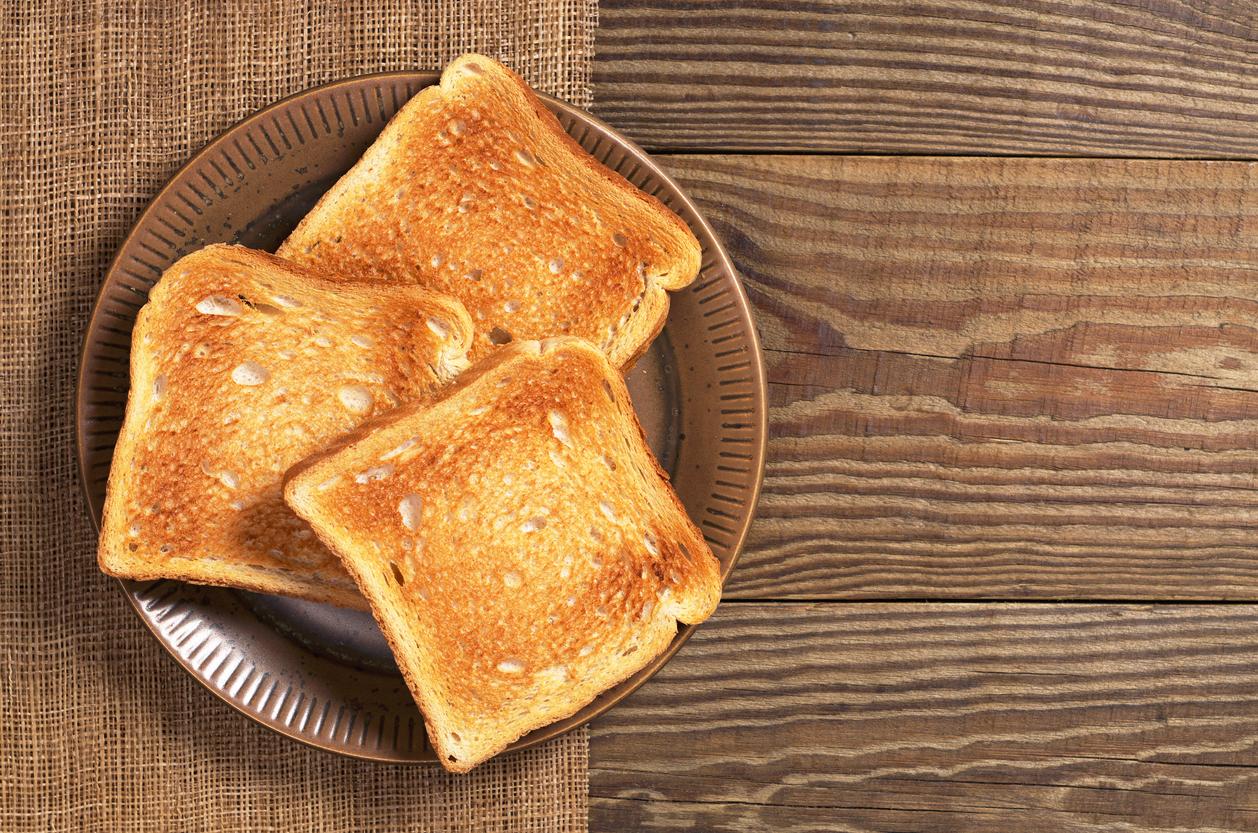
Health Benefits, Facts and Myths
Rye bread is perhaps the most trusted of all the ‘alternative’ types of bread that we know in the Netherlands. Around the end of the 19th century, it was the staple food for a large part of the Dutch, even alongside potatoes, mainly because it was cheaper. But do we actually know what rye bread is?
Strangely enough, what we in the Netherlands usually refer to as ‘rye bread’ (and sometimes also call ‘Friesian rye bread’), is not actually bread. It is ‘Pumpernickel’, a specialty originally from Westphalia, which is prepared from the broken grain (‘scrap’) of rye. This preparation takes place at a low temperature and a long baking time, so that no crust is formed. Actually, this variant is not so much baked as it is cooked.
Regional variants
In addition, other regional variants are available according to recipes from the southern parts of our country. Of these, ‘Brabants rye bread’ is the best known. This looks a bit more like baker’s bread and is also baked much hotter and shorter: one and a half to two hours, compared to fifteen or twenty for Frisian rye bread. In the industrial variants available from us, regardless of the designation of origin, wheat is always processed in practice.
Ordinary bread can also be baked from rye, which in the neighboring countries is called ‘rye bread’ (rye bread, Roggenbrot, pain de seigle), but is often referred to as ‘bread from rye flour’ to avoid confusion. This is bread that is baked in the classic way and also shows more similarities with the common wheat bread. It is usually only available from specialized warm bakers; they also generally use more or less wheat flour in their dough.
Health benefits?
Rye has a number of health benefits over wheat on paper. For example, a study published in 2010 in the journal Nutrition found that mice fed rye bread had a lower weight, lower cholesterol level and slightly lower insulin resistance.
Rye also has benefits for blood sugar levels over wheat and is more satiating, so you tend to eat less of it. Furthermore, according to the American Journal of Clinical Nutrition, there is evidence that rye causes fewer inflammatory reactions in persons with the metabolic syndrome.
However, the above data has all been obtained with bread from rye flour, which is therefore not the same as what we call ‘rye bread’ in the Netherlands. For example, the American rye bread that was tested with regard to nutritional value is almost equal to (American) whole grain wheat bread: the same number of kilocalories (259 per 100 grams), slightly more carbohydrates, slightly less fats, slightly less proteins. Dutch dark rye bread contains only about 189 kilocalories per 100 grams, compared to 211 for Dutch whole wheat bread.
Inconclusive
There is therefore no unequivocal answer to the question of the health benefits of rye bread over (whole wheat) wheat bread in the Netherlands. The clinical test results we have are all based on rye bread which is very different from what we eat. Moreover, there are major differences between the types of rye bread available in the Netherlands.
One thing is certain: contrary to what the Nutrition Center reports in so many words on its site, rye bread – or at least the product that we call that in the Netherlands and which is in fact pumpernickel – does not seem a good choice for people with a disability. wheat allergy. We have not found rye bread in any supermarket that does not contain wheat according to the ingredients declaration. So be careful!
Conclusion
It also applies to rye bread that it is no more a miracle product than any other type of bread. Moreover, the health benefits of ‘our’ rye bread have hardly been researched, if at all. So see rye bread mainly as an opportunity to vary your diet. Fortunately, one thing is clear: eating as varied as possible is always a good idea for those who want to stay healthy.

















